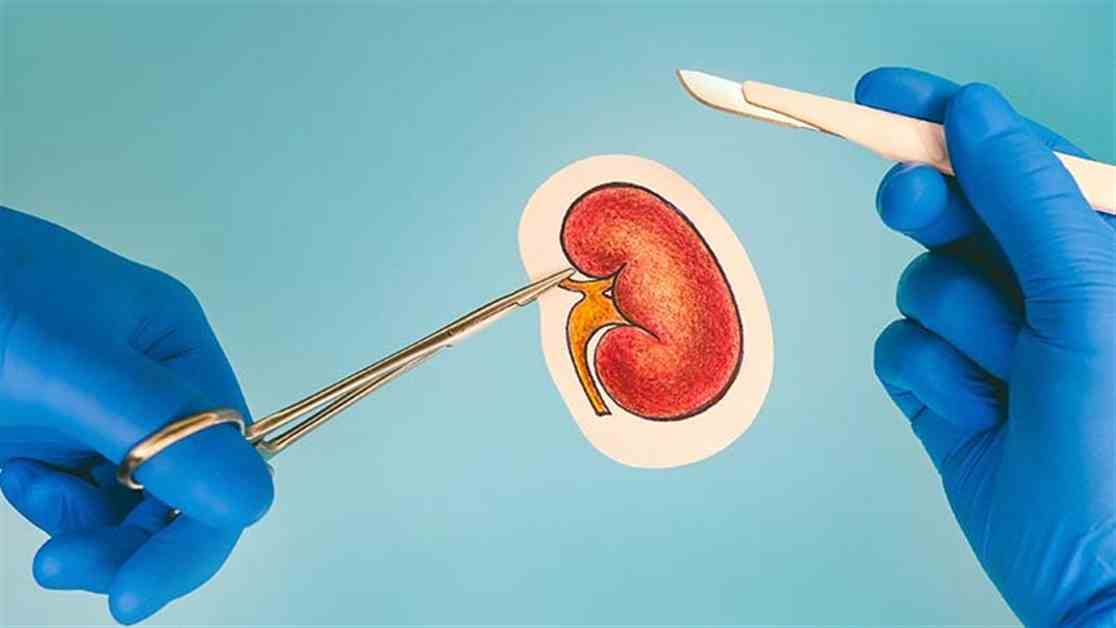Living Kidney Donors: No Increased Risk of Hypertension and Kidney Failure
A kidney transplant from a living donor appears to be the optimal therapeutic option for the majority of patients with end-stage renal disease. Compared to a deceased donor kidney transplant, it offers advantages in terms of waiting time and graft survival. Each year, more than 35,000 individuals worldwide donate a kidney. In carefully selected candidates, this practice is well tolerated.
One year after the transplant, there is adaptive hyperfiltration of the remaining kidney, with the glomerular filtration rate (GFR) typically ranging between 60 and 70% of the pre-donation value. At 15 years, the risk of developing chronic kidney failure is less than 0.5% in most donors.
A recent prospective cohort study in Canada and Australia compared the risk of hypertension in healthy donors to non-donors, as well as the age-related decline in GFR, risk of albuminuria, and overall quality of life of donors. The study included 924 donors and 396 healthy non-donors. After a median follow-up of 7.3 years, the frequency of hypertension was similar in both groups. There were no significant differences in quality of life, anxiety, or depression between the two groups.
While the study confirms that the risk of hypertension is not increased after kidney donation, it is important to note that there were 9 deaths among donors during the follow-up period, including 5 due to cancer. Further long-term studies are needed to fully understand the risks associated with kidney donation.
Overall, this cohort study found that living kidney donors and non-donors have similar health outcomes over a 7-year follow-up period, with no increased risk of hypertension or kidney failure.




